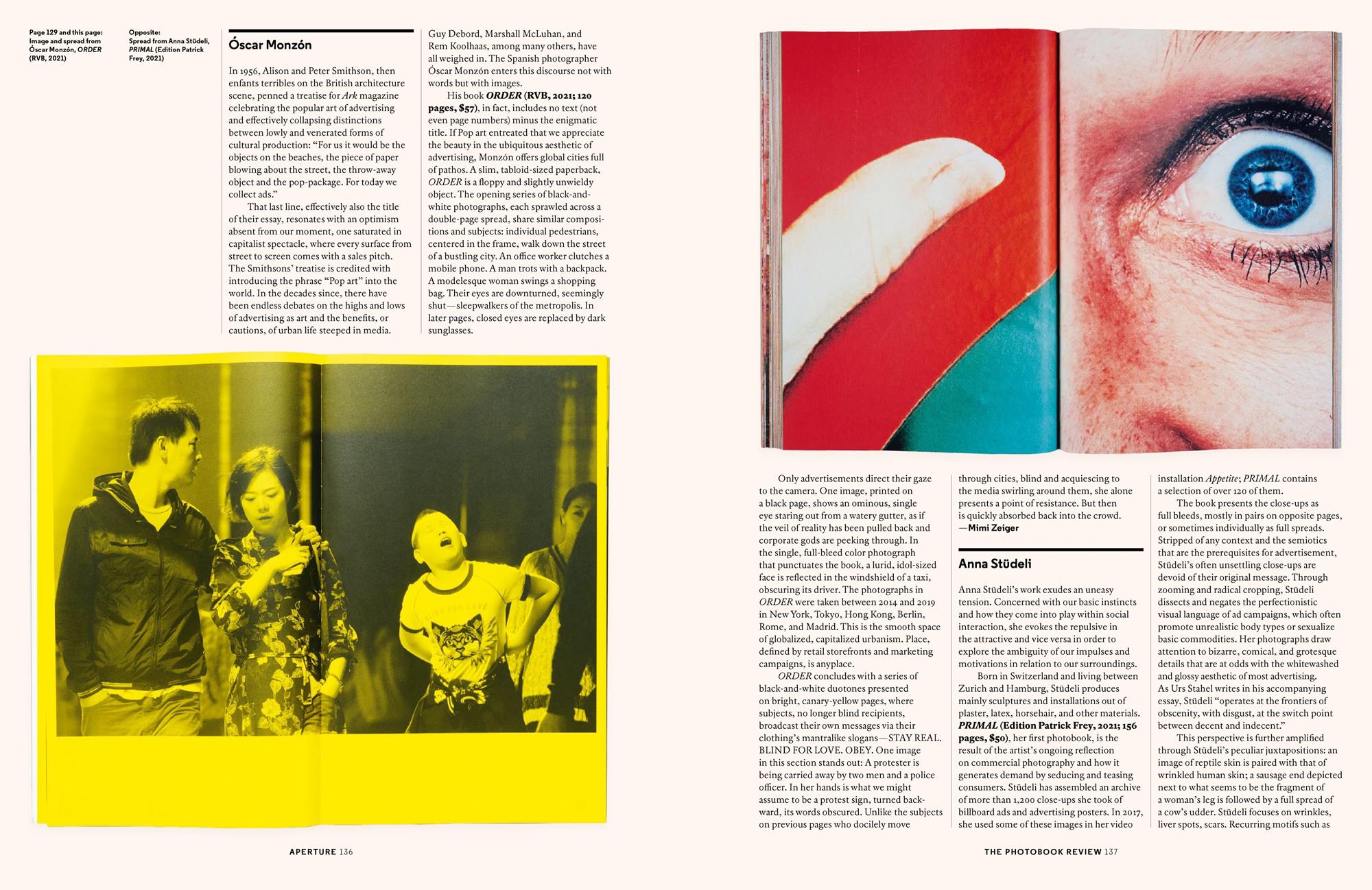It didn’t matter that I never had a class with Mike Davis when I was at SCI-Arc: His presence was felt. City of Quartz was on the summer reading list; I remember reading my copy on Santa Monica Beach, my brain recalibrating all my preconceptions. Los Angeles was not as superficial—as “sunshine,” as Davis put it—as I had been indoctrinated growing up in the Bay Area. It was layered and dark like a Raymond Chandler paperback. Forget it, Jake.
The forces that shaped L.A. post-1992 uprising were to be explored and critiqued with architecture as a complicit actor: defensive, militarized, surveilled. After reading Davis, it’s impossible not to look for the all-seeing security cameras in every public space. His books have caught flack for being hyperbolic and making sweeping generalizations, which is probably what made them such cinematic page turners. Looking back now, I see that his work seeped into my subconscious, swirled around with the words of other now-passed writers Dave Hickey, John Chase, Joan Didion, and Eve Babitz, and the resulting brew seeped into my criticism. For this, I’m grateful.
